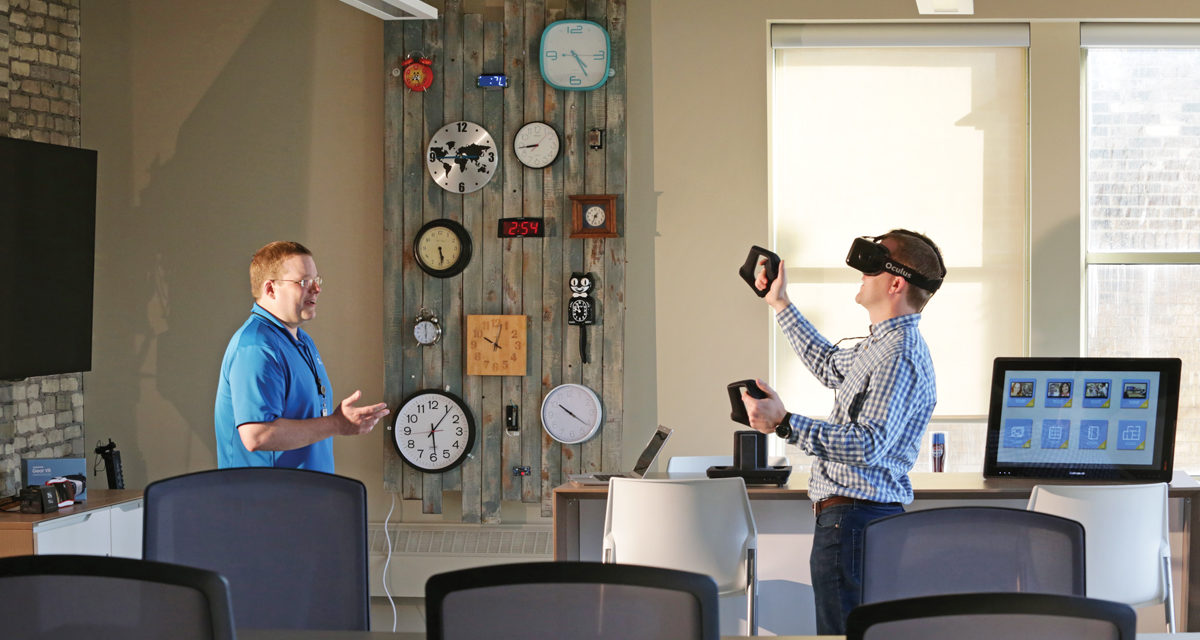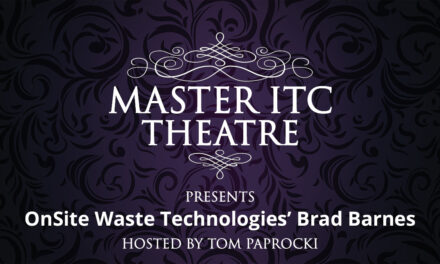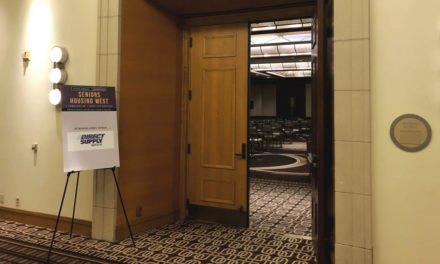Tom Paprocki is the Managing Director of the Direct Supply Innovation & Technology Center at the Milwaukee School of Engineering. Paprocki works closely with startups, tech companies and universities from around the world to identify and adapt technologies for senior care, and experiments with emerging technologies to determine how they’ll impact seniors and caregivers. In this post, we ask him some questions about the different roles technology can play in the Senior Living of today and going forward.
What current trends are you seeing where tech can really make a difference?
Right now, there’s a labor-constriction trend. The unemployment rate in the United States is at 3.9%, which is the lowest since 2000. Of the thousands of customers that I’ve talked to, the almost-universal issue that they bring up is the idea of labor issues – they can’t find enough good people, they can’t train them fast, they can’t keep them and so on.
In the past, a lot of providers competed with one another for a focused type of skill. So, they would trade people in between themselves depending on which nearby areas had the most need. For example, CNAs would leave if they were given $.50 more an hour at a building across the street. The issue now is employees aren’t leaving to go to other Senior Living communities; they’re leaving to work at other organizations, like Amazon fulfillment centers, big box stores or restaurants where they are making up to $13/hr. There, they get paid more and the working conditions are considered to be better. On top of that, there’s been a 27.1% decline in the number of nurse aide registrants in our state.¹
As far as where technology can make a difference with Senior Living labor, there are three main areas.
First, how do you improve the type of work people do? I think most people would agree that working for a local retailer is easier than helping a senior with activities of daily living. If you can use technology to pull out some of the less-attractive, more-mundane aspects of a job, you have a much higher chance of retaining that talent.
The second area is closely related to the first; how do you do more with less? I think what’s been done in the Senior Living industry to our detriment is that we’ve scaled up almost entirely using people. That’s kind of understandable since technology hasn’t always been an option. Providers don’t often have engineers on staff to implement new solutions and may not have the necessary networks/Wi-Fi to run the technology. Ultimately, what organizations have to start driving toward is not using technology to replace people, but to augment and supplement what individuals can do. Think of building maintenance professionals. MDs are constantly busy and have to adhere to all sorts of different codes and regulations, like making sure at some interval that the walk-in fridge is a certain temperature. You could very easily put a temperature sensor in there, have it communicate with (Direct Supply) TELS and it would only issue an alert if the temperature went beyond a threshold. Stuff like that sounds simple but there are a million examples like that you could do. Now, there are things which are more human-centric that you can’t – and don’t want to – replace with, say, a robot. That’s just one example of where technology doesn’t take jobs away, but allows them to scale and do their job more effectively.
Finally, make technology easier to use. We all know there’s terrible turnover in the industry. In some instances, providers are pulling in people who have never worked in senior care and expect them to be up and running within a day or two doing really difficult stuff. In order for that to work, whatever technology is in their workflow needs to be simple and manageable. In the past, developers would often build tech to solve a problem without involving the end user in the design. Well, the companies that are doing great are ones that have a solution that is both intuitive and easy to use because there are things you would not know unless you are the one doing the job. This is very relevant to Senior Living. There’s been a proliferation of simulation and virtual reality technology where you wouldn’t necessarily need a trainer because you can learn and experience new things by yourself. This takes away the initial risks of learning on the job and prevents other skilled workers from having to spend unnecessary time training, or having to pull out a trainer who would otherwise be doing work him or herself.
What is the best place to start innovating?
We run into a lot of customers who get excited about innovation and say, “I want to be a part of that.” The biggest challenge they will run up against is knowing where to start. To be successful, you need to start with a few things such as acknowledging it’s going to take work to do it. I’ve never found anyone who’s successfully innovated where it kind of just passively happened in the background. It’s going to be annoying; it’s going to affect short-term objectives. Generally, it is going to create noise. Keep in mind the change agent can’t be an employee from one community or someone in middle management. You have to get someone in the position of authority in the company, usually the CEO and/or COO, on board to resource innovation.
Finally, customers don’t actually know what they’re going to solve for. By that, I mean it is very important that you know what you want to solve for with innovation. If your plan is just to innovate by evaluating multiple startups, hoping to find the most innovative players, you will have difficulty knowing where to invest time. Companies that are doing this well (and there aren’t that many of them) are first identifying areas where they can create efficiencies, such as operating a physical plant or lowering the cost of delivering care, and within that, getting more specific, like shrinking the number of hours spent on ABC or staffing ratios down from A to B. Once you can pinpoint the problem, then you can have a super-constructive approach to working with startups. If you are a good partner to them, they can really help you advance quickly and measure success.
Why are partners so important?
What our customers should be good at, and hopefully are, is taking care of residents and their families and retaining employees in a tough labor market. So when it comes to technology and innovation, partners can bring a new perspective and unique expertise to specific applications. Unless you have a fully staffed team that is dedicated to this strategy, it’s best to learn from other people who have already made the mistakes (that you would inevitably make yourself) with the understanding that everyone brings different skills and expertise to the table. For example, if you want to deliver better care, find startups that focus on that one thing. They may have already mastered this in another market or similar space, like acute care.
Years ago, it was easier to sift through what was available because there wasn’t much. Now, there are 3,700 to 3,800 startups in just the United States that are focused on creating solutions for Senior Living. There are groups out there like Direct Supply that have done some of the vetting. Direct Supply knows that our customers are the experts in caring for residents, so we do need to work with customers who have specific problems they want to solve. In the end, innovation is going to be realized by smart people coming together to ideate, create and bring solutions to market that help solve the challenges we are facing today.
Want to know how to implement innovation and technology into your future strategic plans, contact us today!
Visit our website for more information.





